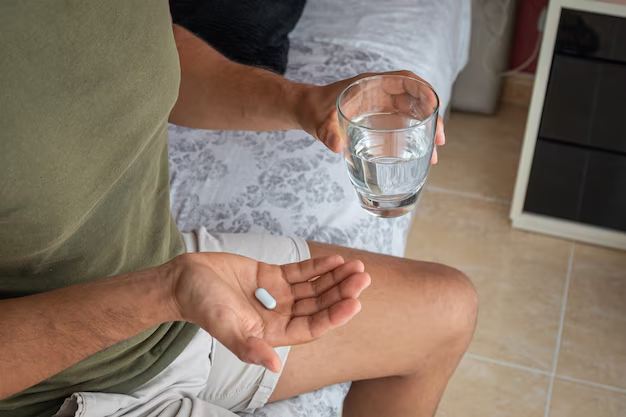Can Cialis Alleviate Incontinence After Prostate Surgery?
The journey to recovery following prostate surgery often comes with its own set of challenges, and urinary incontinence is one of the more distressing side effects many men face. This involuntary loss of urine control can disrupt daily life and significantly impact emotional well-being. Amid various treatment options, the question arises: Can Cialis, primarily known for treating erectile dysfunction, also help manage incontinence post-surgery?
Understanding Cialis and Its Uses
Cialis (tadalafil) is a medication widely recognized for treating erectile dysfunction by enhancing blood flow to the genital area. Its mechanism of action involves inhibiting an enzyme called phosphodiesterase type 5 (PDE5), promoting vasodilation. More recently, it has been found to assist in the treatment of benign prostatic hyperplasia (BPH), a condition characterized by an enlarged prostate. But does this extend to alleviating incontinence related to prostate surgery?
Incontinence After Prostate Surgery
Prostate surgery, especially a radical prostatectomy, can lead to urinary incontinence as a temporary or persistent side effect. The prostate gland is closely linked to urinary function; hence, surgery can impact the muscles and nerves responsible for urinary control. Recovery varies, with some men regaining control within a few months, while others may experience prolonged incontinence.
Cialis in Focus: Is It Beneficial?
Research indicates that while Cialis can improve symptoms related to BPH, its effectiveness on surgical incontinence is less definitive. The drug’s impact on blood flow and muscle relaxation may offer indirect benefits for urinary function by promoting overall prostate health and easing pressure on the bladder. However, it is not expressly approved for treating incontinence stemming from prostate surgery.
Health professionals often emphasize that combining Cialis with pelvic floor exercises may yield the best results, though the primary purpose of Cialis remains enhancing erectile function. Patients are urged to consult their healthcare providers to tailor treatment plans specific to their condition, especially since every case of post-surgical recovery can differ significantly.
Exploring Financial and Educational Resources
Navigating the aftermath of prostate surgery isn't just a physical challenge; it can also be financially taxing. Here’s how you can alleviate some of the burden:
- Government Aid Programs: Consider exploring programs such as Medicare or Medicaid, which can help cover specific medical treatments and medications, including those prescribed after prostate surgery.
- Financial Assistance: Look for non-profit organizations that offer grants or financial aid to men recovering from prostate cancer surgery.
- Educational Grants: For those unable to work during recovery, educational grants can help in reskilling or upgrading qualifications, ensuring a smoother return to the workforce.
Managing the Economic Impacts
Addressing both health and financial challenges post-prostatomy is crucial:
- 🌟 State and Federal Health Programs: These often provide coverage for additional therapy or rehabilitation services to manage aspects such as incontinence.
- 🚑 Non-Profit Support: Organizations like ZERO - The End of Prostate Cancer or Us TOO International may offer resources or financial support.
- 📚 Career Development Programs: Avail yourself of educational programs that align with your health journey, granting flexibility and new career pathways.
While Cialis may not directly alleviate incontinence after prostate surgery, it forms a part of a broader spectrum of care options aimed at enhancing quality of life post-treatment. Seeking a tailored approach from healthcare professionals, along with exploring relevant financial resources, can ensure a comprehensive recovery both physically and economically.

Related Topics
- a Patient You Are Caring For Uses Incontinence Briefs
- Are Incontinence Products Tax Deductible
- Are Incontinence Supplies Covered By Medicare
- Are Incontinence Supplies Tax Deductible
- Can a Bladder Infection Cause Urinary Incontinence
- Can a Kidney Stone Cause Incontinence
- Can a Urinary Tract Infection Cause Incontinence
- Can a Uti Cause Incontinence
- Can Constipation Cause Incontinence
- Can Constipation Cause Urinary Incontinence